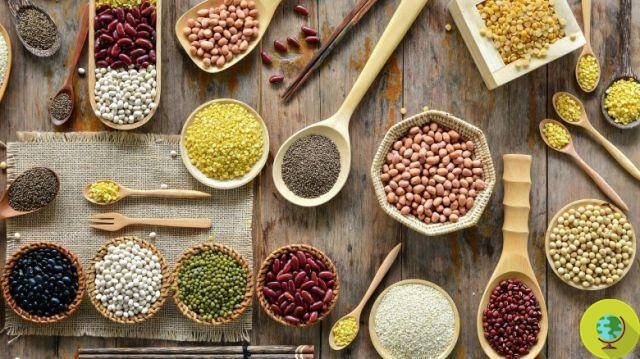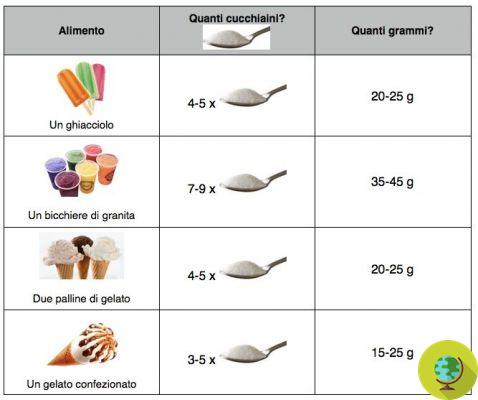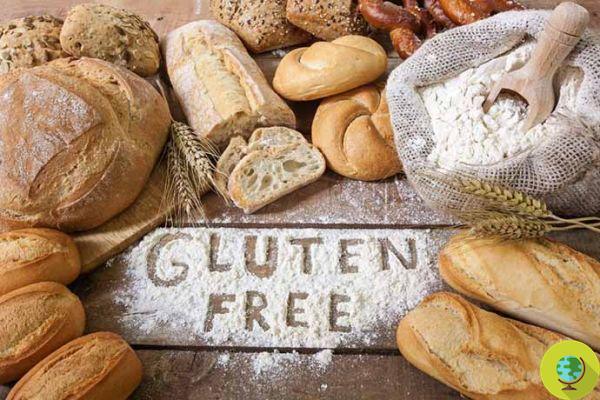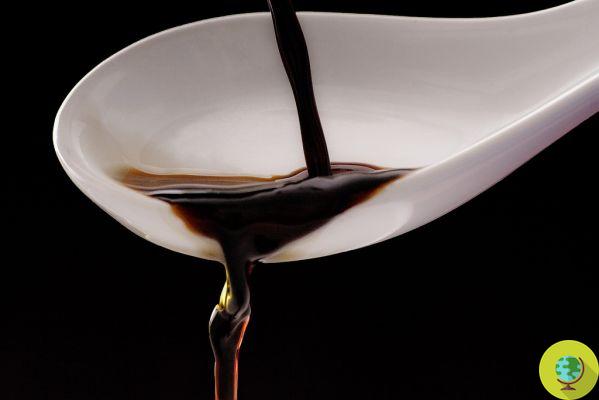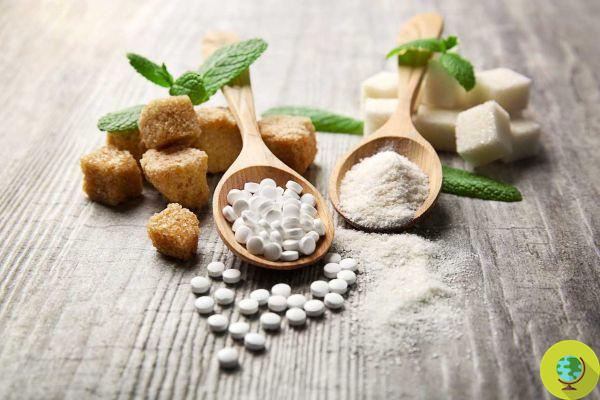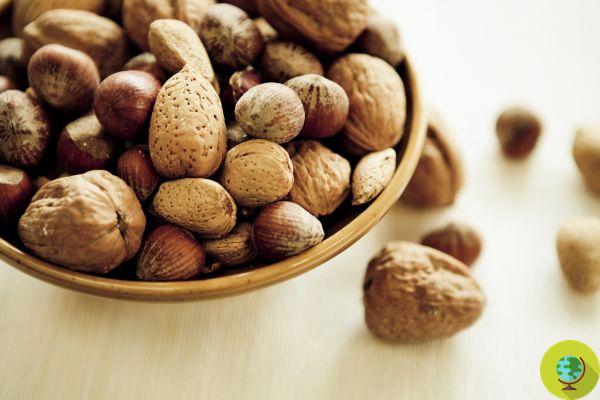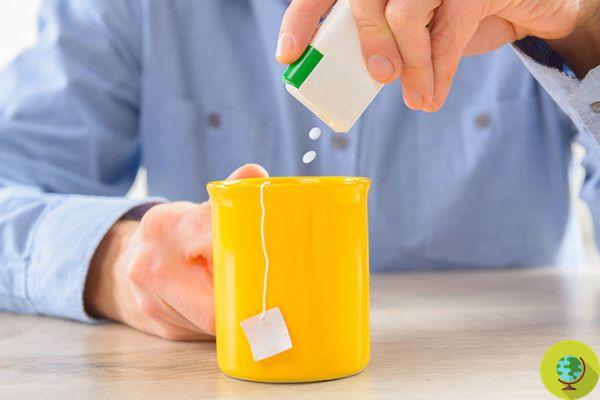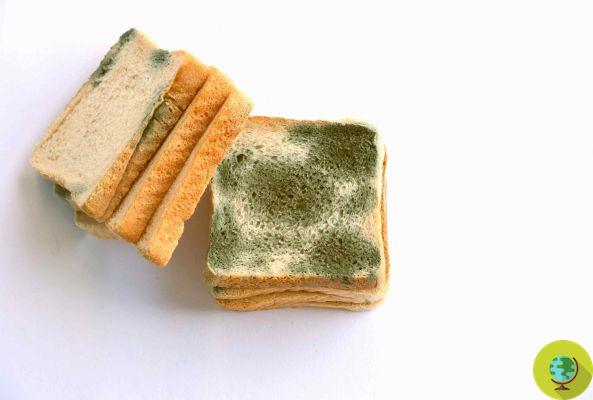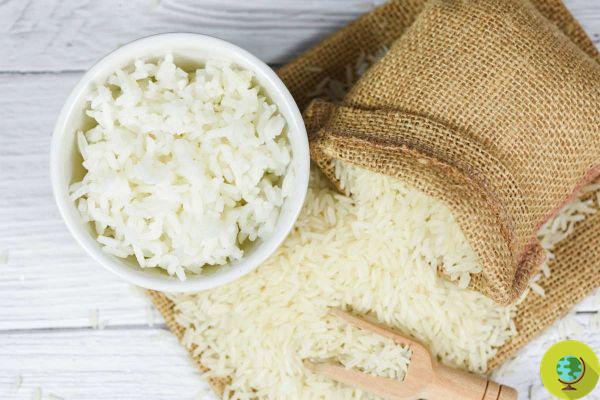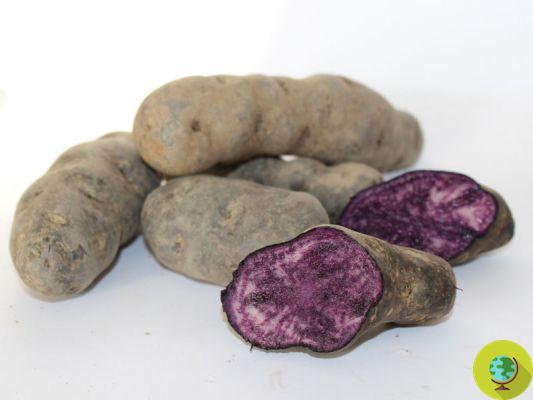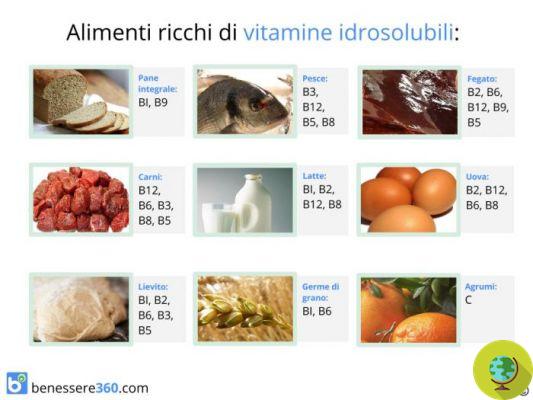
What are water-soluble vitamins, where they are found, what they are for and what symptoms you have in case of a deficiency
Don't store avocado like this: it's dangerousWhat are water-soluble vitamins, where they are found, what they are for and what symptoms you have in case of a deficiency
Vitamins they play fundamental roles for the proper functioning of our body. Let's see what those are water-soluble, where they are and what they are for.
Index
What are water-soluble vitamins
All Vitamins they are low molecular weight molecules which, despite having no energy value, play fundamental roles for the functioning of our organism.
Vitamins are divided into fat-soluble and water-soluble, depending on whether they are related to fatty substances or water. Generally the water-soluble vitamins they function as enzymatic cofactors in biological reactions.
With some exceptions, our body is unable to synthesize vitamins which, for this very reason, are defined essential.
Our body usually needs a few milligrams a day of each vitamin and these molecules are found in many foods. Unlike fat-soluble vitamins, water-soluble vitamins are mainly contained in foods of plant origin, with the exception of vitamin B12.
Despite this, the vitamin deficiencies they are not so rare: unbalanced diets, pathologies that negatively affect absorption, as well as the intake of drugs can lead to a lack of one or more vitamins.
Furthermore, during growth, pregnancy, breastfeeding and in old age, the need for vitamins often increases; if this is not taken into account it is possible to run into a deficiency.
Since excess water-soluble vitamins are usually excreted in the urine, the hypervitaminosis related to water-soluble vitamins are rare.
Vitamin B1
La Vitamin B1 or Thiamine it is mainly contained in brewer's yeast, in the pericarp and in the germ of cereals and peanuts, as well as in numerous other foods of both vegetable and animal origin.
Thiamine is a cofactor of dehydrogenases and transketolases and plays a role in the synthesis of the inhibitory neurotransmitter GABA and hemoglobin.
Il requirements Average thiamine ranges from 0,3 milligrams per day in children to 1,2 mg in pregnant and breastfeeding women.
La Vitamin B1 deficiency causes beriberi, a syndrome still widespread in Southeast Asia.
Thiamine deficiency may depend on diets based exclusively on prolonged refined grains or on the abuse of alcoholic beverages.
Vitamin B2
La Vitamin B2 or riboflavin it is synthesized by plants and many microorganisms and is found mainly in the pericarp and germ of cereals and in some foods of animal origin including milk, eggs and some meats.
Vitamin B2 constitutes two important coenzymes (FAD and FMN), electron carriers in the Krebs cycle and in the electron transport chain.
Il requirements daily riboflavin is 1-1,5 mg. The deficiency rarely occurs and is more common in older people or as a result of diseases that cause malabsorption.
Symptoms of the shortage they are varied and non-specific and include skin, eye and tongue and mouth changes.
Vitamin B3
La Vitamin B3 or niacin it is widespread in foods of animal origin but is also present in legumes and brewer's yeast. Our body is also able to synthesize niacin starting from the amino acid tryptophan.
Il requirements of niacin ranges from 5 to 14 mg per day and is satisfied for 2/3 by the transformation of tryptophan.
Niacin is also known as Vitamin PP, which refers to Pellagra Preventive Factor: la vitamin B3 deficiency in fact, it causes pellagra, a disease also known as "T and D disease" as it causes dermatitis, diarrhea and dementia.
Vitamin B5
La Vitamin B5 or pantothenic acid it is present in various foods, as the name itself testifies (pantos, from the Greek, means everywhere). In particular, brewer's yeast, the pericarp of cereals, eggs and some meats are rich in B5.
In our organism it plays a primary importance as it constitutes CoA (coenzyme A), involved in numerous metabolic reactions.
La shortage of pantothenic acid is very rare and can occur in severely malnourished individuals.
Vitamin B6
La Vitamin B6 or Pyridosine it is widespread in foods and we can find it in fruit, vegetables, cereals, legumes, nuts and foods of animal origin.
There are three biologically active forms: pyridoxine, pyridoxal and pyridoxamine. Vitamin B6 is a coenzyme of numerous biological reactions.
Il requirements Vitamin B6 ranges from 0,4 mg in children to 1,7 mg in pregnant women. There shortage it is rare and usually occurs in alcohol abusers.
Vitamin B8
La vitamin B8 or biotin, also known as Vitamin H, is present in brewer's yeast, cabbage, mushrooms, legumes, cereals, almonds, peanuts, chocolate and foods of animal origin and is partly produced by bacteria present in our intestines.
Biotin is a cofactor in carboxylation and transcarboxylation reactions in various metabolic processes.
Il requirements of vitamin B8 is 15-100 μg per day and the shortage it is very rare.
Vitamin B9
La Vitamin B9 or folic acid it is present in significant quantities in green leafy vegetables but also in brewer's yeast, in numerous vegetables including asparagus curls and spinach, in legumes and is synthesized by some intestinal bacteria.
Folic acid is converted into a coenzyme involved in the metabolism of amino acids, in the synthesis of purines, pyrimidines and nucleic acids, and in the inactivation of neurotransmitters.
Il requirements average daily folic acid is around 320 micrograms in adults but increases to 520 μg in pregnant women.
An adequate supply of folic acid during gestation protects the fetus from malformations congenital of the neuronal tube (spina bifida, anacephaly).
Folic acid supplements
La folic acid deficiency in adulthood it is generally caused by secondary malabsorption linked to gastrointestinal pathologies and causes megaloblastic anemia, leukopenia, alterations to the skin and digestive system and nervous disorders.
Vitamin B12
La Vitamin B12 o cobalamin are synthesized by various microorganisms, but not by plants and animals (not even by algae), therefore the only sources of vitamin B12 are foods of animal origin.
Meat and fish contain 5 to 10 μg of Vitamin B12 per 100 grams, while an egg contains about 2,5 μg.
Since the need for Vitamin B12 is equal to 1-2 μg per day and the excess is stored in the liver, following a diet that includes all foods hardly leads to a deficiency of this vitamin.
Vitamin B12 deficiency instead they can be had in those who follow one vegetarian or vegan diet or in case of alterations in absorption.
Vitamin B12 deficiency causes pernicious anemia, a disease that causes changes in hematopoietic tissue and blood, digestive disorders and neurological syndromes.
The reserves of Vitamin B12 present in the liver can be sufficient for 3-5 years if food of animal origin is eliminated, after which it is advisable resort to integration of this vitamin.
Vitamin B12 supplements
Vitamin C:
Last on the list of water-soluble vitamins is Vitamin C or ascorbic acid, present in most of the fruit and vegetables.
Since the technological processes and cooking considerably impoverish foods in the content of this vitamin, in order to be able to assimilate it, the vegetables must be eaten raw and fresh.
La Vitamin C deficiency causes scurvy, a disease that causes injury and bleeding to the gums, skin and mucous membranes, as well as wasting. Symptoms already occur after 40-80 days if you do not eat fresh vegetables.
To prevent scurvy, 20 mg of Vitamin C per day are sufficient, but considering the numerous metabolisms in which this vitamin intervenes, the recommended levels they are about 60-75 mg per day.
I smoking, due to the increased turnover of the vitamin, they need to take at least twice as much.
Vitamin C: properties, deficiency symptoms, sources and daily dose
Vitamin C is involved in numerous activities of the body including: the metabolism of collagen, iron and tyrosine; the metabolosm of neurotransmitters; the synthesis of prostaglandins, adrenocortical hormones, bile acids and carnitine; the catabolism of histamine.
Furthermore, Vitamin C strengthens and modulates the immune response, promotes the degradation and elimination of drugs and other exogenous substances, protects against the harmful action of free radicals, prevents gastric ulcer by decreasing the risk of Helicobacter pylori infection and reduces the risk of stomach and esophageal cancer.
Reference sources: Science direct / SINU
Read also:
-
Fat-soluble vitamins: what they are, where they are found and what they are for
-
Vitamins and minerals your hair needs to stay healthy and shiny (even in the fall)
-
Vitamin B: properties, deficiency symptoms, sources and daily dose
-
Vitamin B12: what it is for and the consequences of a deficiency
-
Folic acid: what is it for, benefits, when and how to take it, contraindications




